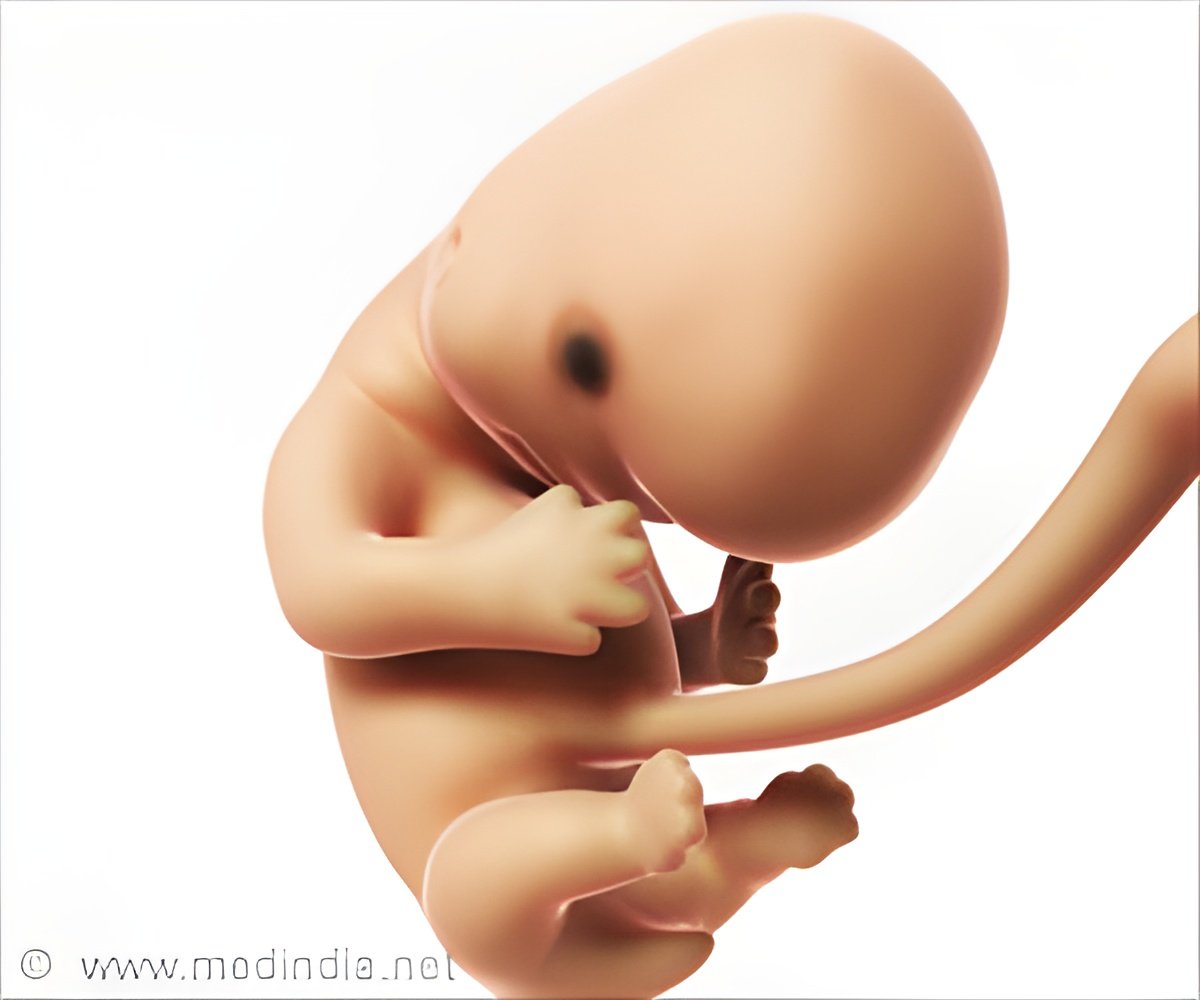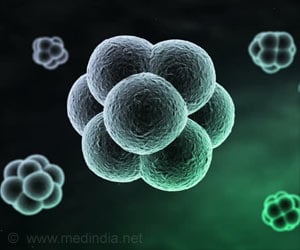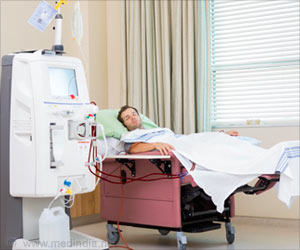The synthetic structures which resembled embryo were conceived utilizing human stem cells without the need for eggs, sperm or fertilization.

‘Scientists leveraged human stem cells to create synthetic embryo with its own heartbeat and which duplicates cells seen in the third and fourth week of pregnancy. #embryoinlab’





The study, presented at the International Society for Stem Cell Research's annual meeting in Boston, US, is yet to be published as either a preprint or a peer-reviewed journal paper
(1✔ ✔Trusted SourceExcellence in stem cell science and applications to human health
Go to source).
It included a beating heart, which typically emerges at day 23 in a natural embryo. The model also showed traces of red blood, which would appear in the fourth week of pregnancy, reports the Guardian.
However, it lacked the tissues that would go on to form the placenta and yolk sac in a natural embryo.
"I'd like to emphasize that these are neither embryos nor are we trying to make embryos actually," Dr. Jitesh Neupane, of the University of Cambridge's Gurdon Institute, was quoted as saying.
"They are just models that could be used to look into specific aspects of human development," he added.
Advertisement
"I randomly took my plate under the microscope and when I saw the (heartbeat) for the first time I was scared, honestly. I had to look down and look back again," he told the Guardian.
Advertisement
The scientists grew the embryonic stem cells in culture and then transferred it into a rotating bottle that acted as an artificial uterus.
The structures did not have the beginnings of a brain and since they lacked the placenta and yolk sac precursors, which are crucial for guiding development, they began to diverge from the natural development path over time, the report said.
"At the later time points they don't have all the features of embryos," Neupane said. "It would be dangerous to compare them directly to in vivo embryos."
The findings could also be used to screen the effect of drugs on embryos and study the link between gestational diabetes and heart defects in babies, the report said.
Reference:
- Excellence in stem cell science and applications to human health - (https://www.isscr.org/)










